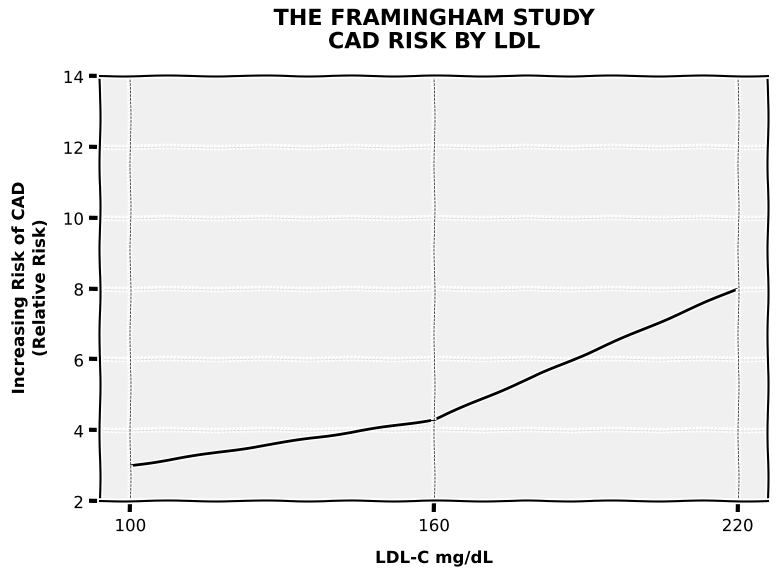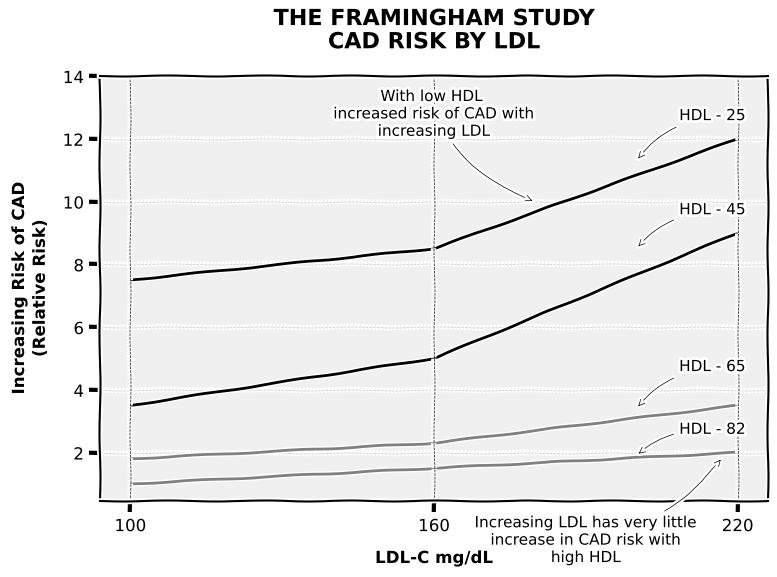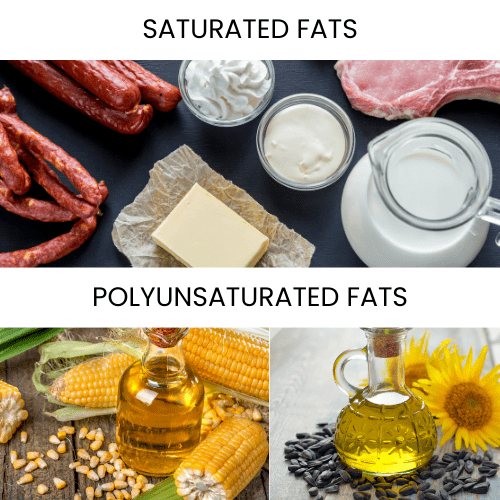I’ve always been very curious about cholesterol. I’ve heard the terms “good” and “bad” cholesterol thrown around, but I’ve never fully understood what it’s all about. I wanted to find out more and learn in-depth about this fascinating molecule and its role in the body. I think it will be incredibly helpful for people to better understand the complexities of cholesterol, so I went to interviews on YouTube with different experts who shared their insights: Dr. Petter Attia, Dr. Paul Saladino and Dr. Philip Ovadia. This is what I discovered:
What is Cholesterol?
Cholesterol is a waxy, fat-like substance that is found in all cells of the body. It is an essential molecule that serves various important functions, including maintaining the structure and fluidity of cell membranes, aiding in the production of hormones like estrogen and testosterone, and contributing to the production of bile salts that help digest and absorb fats. Cholesterol is primarily produced by the liver, but it can also be obtained through the consumption of certain foods, particularly those high in saturated and trans fats.
The Cholesterol Transport System
To better understand the role of cholesterol in the body, it’s important to discuss the concept of lipoproteins. Dr. Paul Saladino, a board-certified psychiatrist and author of “The Carnivore Code,” uses a vivid analogy to explain this process, comparing the liver to a bus station where various “buses” transport cholesterol and triglycerides- type of fat (lipid) molecule found in the blood, formed when the body converts unused calories into a storage form of energy -to different tissues throughout the body.
These “buses” are the lipoproteins, which act as the vehicles that carry cholesterol and triglycerides through the bloodstream. The bloodstream is a water-based medium, so cholesterol and triglycerides need to be wrapped up in these lipoproteins to be transported effectively.
The Main Types of Lipoproteins
The key lipoproteins involved in this transport system are:
- High-Density Lipoprotein (HDL): Often referred to as the “good” cholesterol, HDL is like the bus that transports cholesterol from the cells back to the liver, where it can be broken down and eliminated from the body.
- Low-Density Lipoprotein (LDL): Commonly known as the “bad” cholesterol, LDL is the bus that carries cholesterol from the liver to the cells.
- Very-Low-Density Lipoprotein (VLDL): VLDL is another type of lipoprotein that acts as the bus, transporting triglycerides to the cells.
- Intermediate-Density Lipoprotein (IDL): IDL is a short-lived lipoprotein that is converted to LDL.
The Framingham Study and the Incomplete Lipid Hypothesis
The traditional “lipid hypothesis” suggests that high levels of LDL cholesterol are the primary driver of heart disease. However, as Dr. Paul Saladino explains, this hypothesis is incomplete, as it fails to consider the crucial role of HDL cholesterol.
The Framingham study, a landmark study on cardiovascular disease risk factors, initially demonstrated a correlation between increasing LDL levels and higher risk of coronary artery disease. However, when HDL was added as a variable, the risk associated with LDL levels became much less significant. This suggests that the relationship between cholesterol and heart disease is more complex than previously thought.
The following graphs illustrate the findings of the Framingham Study. The first graph depicts the initial observation from the Framingham Study, showing a positive correlation between LDL cholesterol levels and the risk of developing coronary artery disease (CAD).

The second graph introduces HDL cholesterol as a crucial factor. It demonstrates that when HDL levels are considered, the risk associated with increasing LDL levels varies significantly.

Metabolic Health and Insulin Resistance
Both Dr. Saladino and Dr. Philip Ovadia, a board-certified cardiothoracic surgeon and the founder of Ovadia Heart Health, emphasize the importance of metabolic health and insulin resistance as the primary drivers of heart disease. Dr. Ovadia states that up to 90% of patients with cardiac disease are insulin-resistant, a condition that is largely reversible through lifestyle changes.
The Role of HDL, Triglycerides, and LDL Particle Quality
Dr. Saladino and Dr. Ovadia highlight the importance of HDL and triglycerides as key markers of metabolic health. They argue that focusing solely on LDL levels, as many healthcare providers do, is an incomplete approach. High HDL levels are associated with better metabolic health and lower cardiovascular disease risk, while elevated triglycerides are a strong indicator of insulin resistance.
Moreover, Dr. Ovadia emphasizes the importance of LDL particle quality, not just quantity. He explains that not all LDL particles are the same and that lowering LDL levels through medication or extreme dietary measures may not necessarily be beneficial. Instead, he advocates for improving metabolic health, which can lead to a shift towards higher-quality LDL particles.
Endothelial Damage and Arterial Differences
Dr. Saladino delves deeper into the differences between arteries and veins, explaining that endothelial damage is a key initiator of atherosclerosis, the buildup of plaque in the arteries. He questions why we don’t see the same issue in veins, despite the presence of LDL and other lipoproteins in both.
Dr. Saladino argues that the answer lies in the physical characteristics of the arteries. Arteries are more muscular and subjected to higher blood pressure, with an average of 120/80 mm Hg, compared to veins. He suggests that this higher pressure in the arteries may play a more significant role in the development of cardiovascular disease.
Regarding the role of ApoB, the lipoprotein that carries LDL and VLDL, Dr. Saladino acknowledges that some healthcare providers view it as a driver of atherosclerosis. However, he questions this notion, as the same amount of LDL and ApoB is present in both arteries and veins, yet we only see the development of plaque in the arteries.
Dr. Saladino’s argument is that the endothelial damage in the arteries is the key initiator of atherosclerosis, and the ApoB-containing lipoproteins may be part of the repair process rather than the primary drivers. He concludes that while LDL levels should be considered, especially if an individual is insulin-resistant, the focus should first be on addressing the underlying metabolic health issues.
The Nuances of Statins
While some healthcare providers, like the physician Dr. Peter Attia, a prominent figure in the field of longevity and preventative medicine, often prescribe statins to inhibit cholesterol levels and decrease ApoB (the lipoprotein that carries LDL and VLDL), the experts interviewed caution against a one-size-fits-all approach to statin therapy.
Dr. Saladino’s perspective challenges the notion that simply lowering cholesterol levels through statins is the optimal solution. He suggests a more nuanced understanding of the role of cholesterol in cardiovascular disease.
Several studies have highlighted the limited benefits of statins, particularly in low-risk individuals. The absolute risk reduction for major cardiovascular events with statins is relatively small, often around 1-2% over several years of treatment. Additionally, statins carry various side effects, including muscle pain, cognitive impairment, and an increased risk of type 2 diabetes.
Dr. Ovadia emphasizes the importance of considering an individual’s overall metabolic health and cardiovascular risk profile before prescribing statins. He advocates for a more personalized approach, where statins may be warranted for high-risk individuals, but the focus should primarily be on addressing the underlying drivers of heart disease, such as insulin resistance and inflammation.
The Role of Dietary Fats
Dr. Saladino discusses the relationship between different types of fats and their impact on LDL levels. He explains that while saturated fats may slightly increase LDL levels, the quality of the LDL particles produced is generally better. In contrast, polyunsaturated fats, such as those found in vegetable oils, may increase the susceptibility of LDL particles to oxidation, which is a key factor in the development of atherosclerosis.

Dr. Ovadia also comments on the comparison between plant-based diets and meat-based diets, noting that while plant-based diets may lower LDL levels, this does not necessarily translate to better health outcomes. He emphasizes that the focus should be on overall metabolic health and the quality of the diet, rather than just the impact on LDL.
Diagnostic Tools for Assessing Cardiovascular Risk
Both Dr. Ovadia and Dr. Saladino discuss the importance of various diagnostic tests in assessing cardiovascular risk. Dr. Ovadia advocates for the use of the Coronary Artery Calcium (CAC) scan and the Coronary CT Angiogram (CCTA), which provide detailed information about the presence and extent of plaque buildup in the arteries. Additionally, he recommends advanced lipid testing, which looks at LDL particle size and quality, as well as markers like the Lipoprotein Insulin Resistance (LPIR) score, to get a more comprehensive understanding of an individual’s metabolic health and cardiovascular risk.
Conclusion
The experts’ insights challenge the traditional views on cholesterol and heart disease, demonstrating that this topic is far more complex than previously believed. The key takeaways are:
- Focus should shift beyond just monitoring LDL (“bad” cholesterol) to considering a broader range of markers like HDL (“good” cholesterol) and triglycerides, and other indicators of metabolic health and insulin resistance.
- LDL particle quality is crucial, not just quantity – lowering LDL levels may not always be the optimal approach.
- Endothelial damage and arterial characteristics play a significant role in atherosclerosis, questioning the notion that ApoB is the primary driver.
- Statin use should be more personalized based on individual risk profiles and metabolic health.
- Advanced diagnostic tools, such as CAC scans, CCTA, and comprehensive lipid testing, can provide a more accurate assessment of cardiovascular risk.
By adopting this nuanced understanding of cholesterol, we can make more informed decisions about our health and potentially reduce the risk of heart disease. I hope this article has been helpful in shedding light on this fascinating topic.
Please share your thoughts and questions in the comments below!

